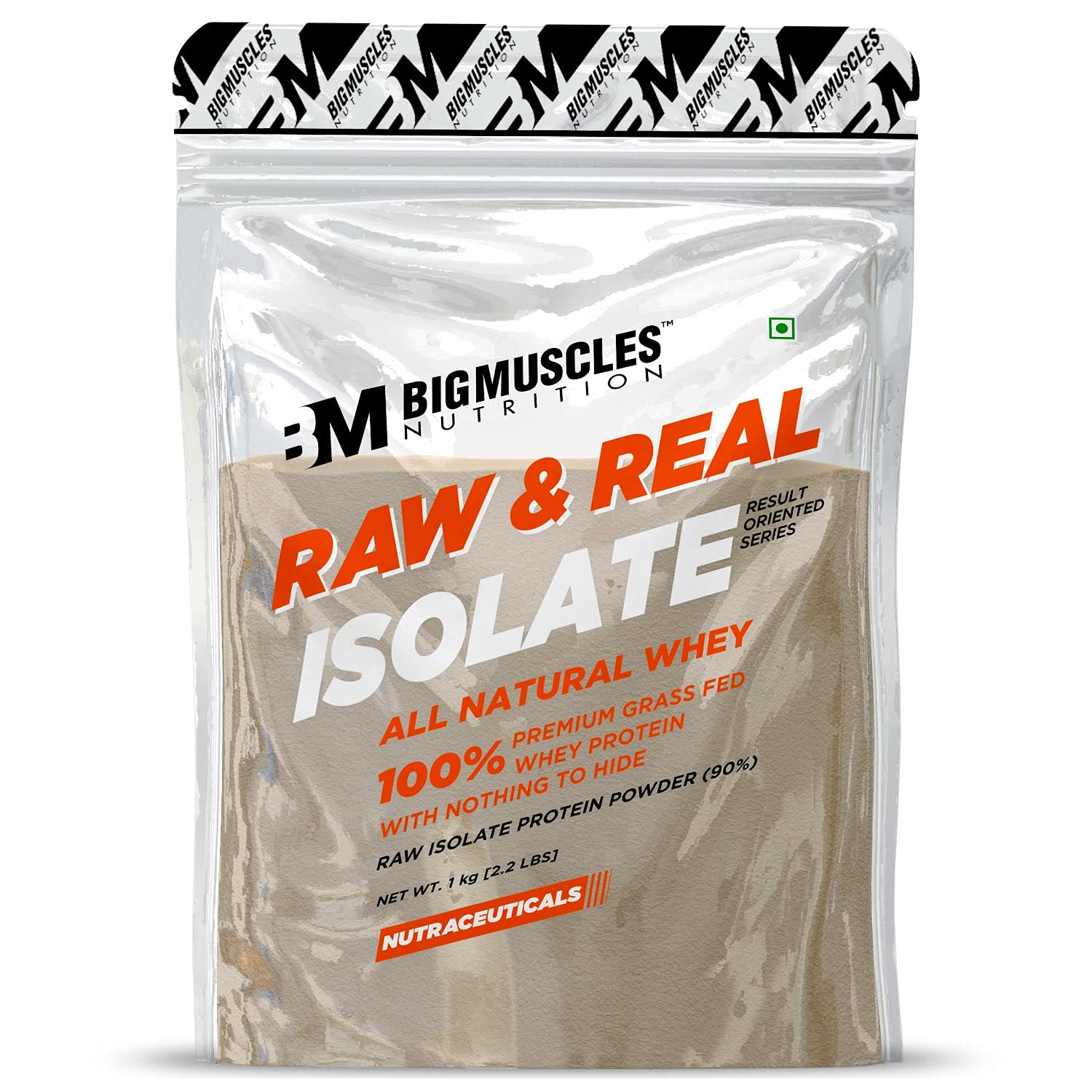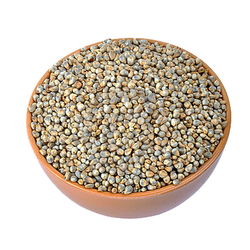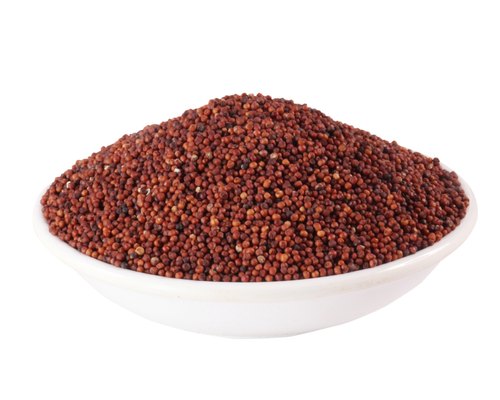Glutamic Acid
Macronutrient
Last update date: October 11, 2023
Glutamic acid is used by the body to make proteins. It is a non-essential amino acid, involved in learning and memory. It helps nerve cells in the brain give and take information from other cells.
Frequently Asked Questions
1.
What is Glutamic Acid?
Glutamic Acid: Glutamic acid is an essential alpha-amino acid that plays a vital role in protein biosynthesis within your body. It is also an excitatory neurotransmitter present in the vertebrate nervous system. This amino acid aids in various functions, including metabolism, brain activity, and cardiac function. While glutamic acid is naturally synthesized within your body, you can obtain its derivative, glutamine, from dietary supplements or certain food sources.
2.
What is positive impact of Glutamic Acid?
Positive Impact of Glutamic Acid: Glutamic acid offers several benefits to your body. Let's explore its positive impacts: Metabolism: Glutamic acid plays a crucial role in cellular metabolism, supporting energy production and nutrient utilization. Heart Health: By improving heartbeat function, glutamic acid may help reduce chest pain associated with coronary heart disease. Brain Function: This amino acid serves as an energy source for optimal brain functioning, promoting mental preparedness and cognitive abilities. Prostate Health: Glutamic acid is highly concentrated in the prostate gland, supporting its normal functioning. Immune System Support: Glutamic acid aids in detoxifying the immune system by eliminating toxic metabolic waste products.
3.
What is negative impact of Glutamic Acid?
Glutamic acid, particularly in the form of glutamine, is generally considered safe for consumption when used in doses up to 40 grams daily. However, it is important to note that there is a degree of perplexity surrounding its potential side effects. While side effects are usually mild and may include bloating, nausea, dizziness, heartburn, or stomach pain, individual reactions can vary. It is recommended to consult a healthcare professional before incorporating glutamic acid supplements or significantly increasing its intake.
4.
Who should avoid Glutamic Acid?
While glutamic acid is generally safe for consumption by most individuals, there are certain circumstances in which caution should be exercised. If you have specific medical conditions, such as metabolic disorders or kidney problems, it is advisable to consult a healthcare professional before including glutamic acid in your diet. Additionally, individuals with known allergies or sensitivities to glutamic acid should avoid its consumption to prevent adverse reactions. Considering your unique health situation is crucial in making informed decisions about incorporating glutamic acid into your diet.
5.
What are common sources of Glutamic Acid?
Common Sources of Glutamic Acid: You can obtain glutamic acid from various food sources. Here are some examples and their approximate glutamic acid content per 100 grams: Eggs: Eggs contain approximately 0.6 grams of glutamic acid per 100 grams (4.4%). Beef: Beef provides around 1.2 grams of glutamic acid per 100 grams (4.8%). Skim Milk: Skim milk contains about 0.3 grams of glutamic acid per 100 grams (8.1%). Tofu: Tofu offers approximately 0.6 grams of glutamic acid per 100 grams (9.1%). White Rice: White rice contains about 0.3 grams of glutamic acid per 100 grams (11.1%). Corn: Corn provides around 0.4 grams of glutamic acid per 100 grams (16.2%).


























